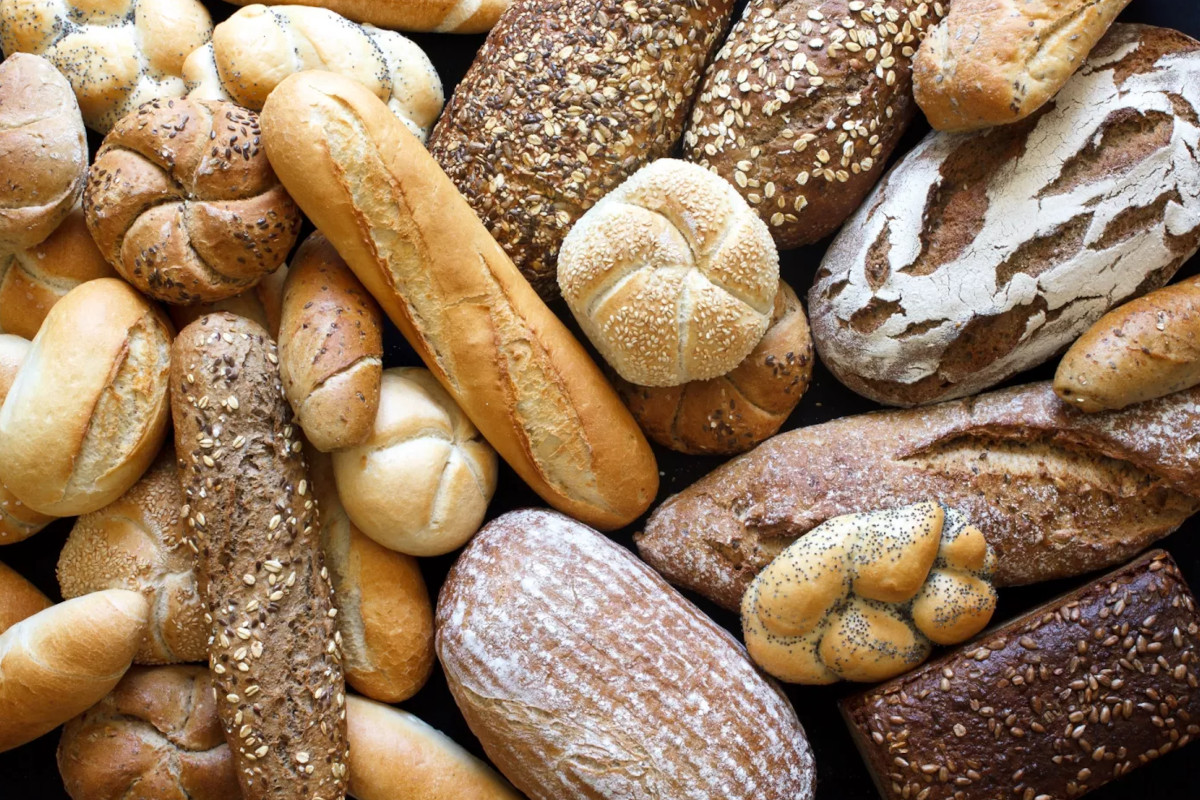
“In the annals of history, bread has consistently been a unifying force, transcending boundaries and bringing people, cultures, and faiths together. It’s not just sustenance; it symbolizes the spirit of sharing, brotherhood, and social cohesion, making it a potent emblem of peace. Its relevance, especially in these trying times, extends far beyond mere nourishment.” These sentiments, underscored by Italmopa – the Association of Italian Flour Millers, coincide with the observance of World Bread Day, an annual celebration on the 16th of October.
Discover authentic Italian bakery products on the Italianfood.net platform
In Italy, bread assumes a role beyond its symbolic significance, representing an invaluable cultural treasure that warrants safeguarding and promotion. The country boasts a diverse array of approximately 250 bread varieties, each telling a unique tale of Italy, its various regions, and its diverse communities. Notably, five bear the prestigious PGI (Protected Geographical Indication) designation – Coppia Ferrarese, Pane Casareccio di Genzano, Pane di Matera, Piadina Romagnola, and Sudtiroler Schuttelbrot – while three are honored with the PDO (Protected Designation of Origin) status – Pagnotta del Dittaino, Pane di Altamura, and Pane Toscano.
Whether fashioned from soft wheat, durum wheat, or other grains, flour or semolina takes center stage as Italian bread’s principal ingredient. The milling industry stands as a point of pride in Italian food production, thanks to the industry’s remarkable quality and versatile range of flour products.
As Andrea Valente, President of Italmopa, highlights, “Our mills churn out a substantial annual volume of approximately 2.4 million tons of flours and semolina dedicated exclusively to both artisanal and industrial bread production, alongside an additional 250,000 tons allocated for bread substitutes.”
